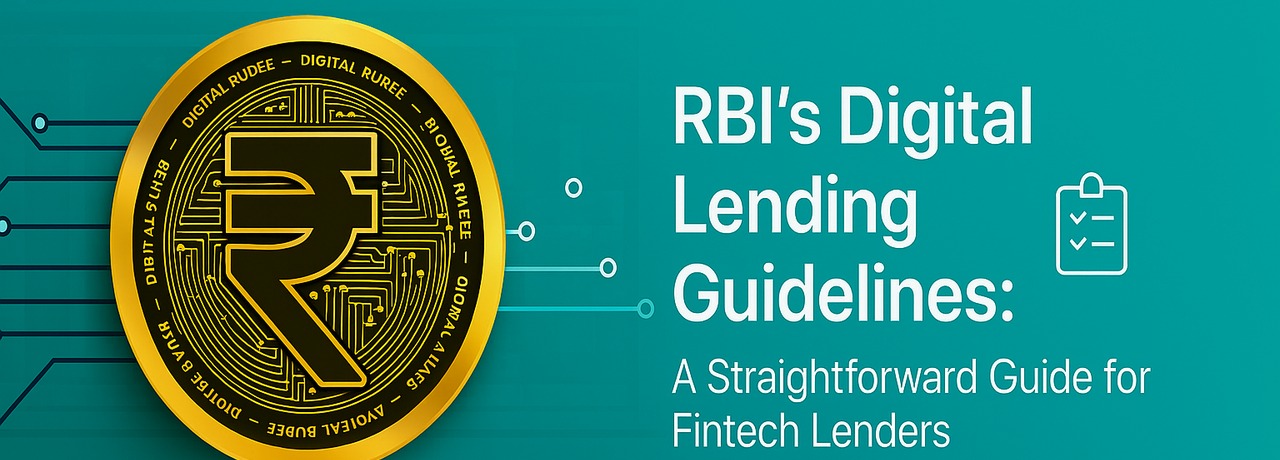7 min read |
Illustration: The Reserve Bank of India has laid down new ground rules for digital lending platforms.
Why Did RBI Step In?
Digital lending in India has exploded, but so have predatory loan apps, sky‑high interest rates, and harassment by recovery agents. Complaints to the RBI jumped from 2,562 in FY21 to 7,813 in FY22, and an RBI working group found that more than half the lending apps on Indian stores were illegal. To clean up the space, the RBI issued its Digital Lending Guidelines in September 2022 (effective December 1, 2022) and followed up with detailed FAQs in February 2023.
Who Must Comply and What Loans Are Covered?
-
Regulated Entities (REs) – banks and NBFCs – and their Lending Service Providers (LSPs) must follow the rules.
A “digital loan” covers any credit where most of the lifecycle is handled online, even if a few steps are offline.
The rules apply to consumer, MSME, secured or unsecured loans offered via apps or web, including an RE’s own app. Card EMI conversions are exempt; P2P platforms are governed separately.
No Pool Accounts: Direct Money Flow
All loan disbursals and repayments must flow directly between the borrower’s account and the lender’s account. LSPs and fintech platforms cannot touch the funds. Limited exceptions exist for:
- Pure payment aggregators acting only as gateways
- Inter‑lender transfers in co‑lending deals
- Salary‑deduction loans (employer pays lender directly)
- Cash recovery from delinquents (still reflected same‑day in borrower’s account)

